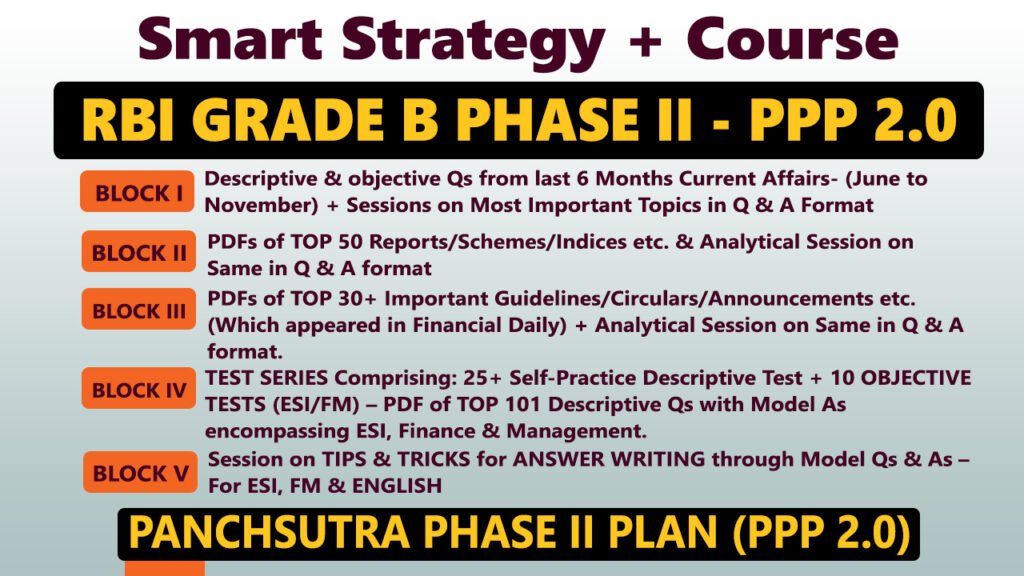Context:
Vice-President Jagdeep Dhankhar, at a recent public event, raised important concerns related to judicial independence, procedural transparency, and judicial overreach. His speech reignited the national debate on separation of powers, judicial accountability, and the scope of constitutional powers in a parliamentary democracy.
Key Issues Raised by the Vice-President:
- Opaque Inquiry into Judicial Misconduct:
- Criticized the lack of a clear legal framework governing internal judicial inquiries, particularly referencing an incident involving cash recovered from a High Court judge’s residence.
- Called for a legally sound and transparent mechanism, ideally framed by Parliament.
- Supreme Court’s Mandamus to High Constitutional Offices:
- Objected to the SC’s recent judgment prescribing timelines for President and Governors to act on Bills passed by State Assemblies.
- Questioned whether the judiciary can issue writs to constitutional heads, potentially infringing on the doctrine of separation of powers.
- Judicial Review vs. Public Accountability:
- Expressed concern over judiciary’s lack of accountability to the electorate, unlike the legislature and executive.
- Suggested revisiting Article 145(3) which requires five judges for Constitution Benches, considering the current SC strength (34 judges) as opposed to 8 in 1950.
- Use of Article 142 – Judicial Overreach?
- Criticized the expansive use of Article 142 by the SC to “do complete justice”, claiming it risks undermining representative democracy.
In Support of the Vice-President’s Concerns
- The lack of transparency in internal judicial investigations is a legitimate concern. A formal, codified process will help restore public faith.
- The collegium system for judicial appointments has faced consistent criticism for being non-transparent and insular.
- A revamped National Judicial Appointments Commission (NJAC)—with a CJI veto—could offer a balanced solution, merging transparency with independence.
Against the Concerns
- The Supreme Court’s judgment mandating action timelines for the President and Governors is constitutionally sound, grounded in precedent and a 2016 Home Ministry guideline.
- Article 142 has advanced social justice and corrected executive inertia:
- Bhopal Gas Tragedy Compensation (1989)
- Vishakha Guidelines (1997)
- Coal Block Cancellation (2014)
- Permanent Commission for Women in Armed Forces (2024)
- Demolition Accountability Orders (2024)
- Article 145(3)’s current threshold of five judges ensures careful constitutional adjudication, and increasing this number may not solve the problem of pendency.
Judicial Review and Constitutional Balance
- India’s system is a hybrid of British Parliamentary Sovereignty and American Judicial Supremacy.
- The Supreme Court’s power of judicial review has been declared a basic feature of the Constitution, essential for maintaining constitutional supremacy over majoritarian impulses.
- While the executive and legislature are accountable to the public, the judiciary safeguards the Constitution and must operate with institutional independence.
- A healthy separation of powers, not confrontation, is crucial for sustaining constitutional democracy.



















